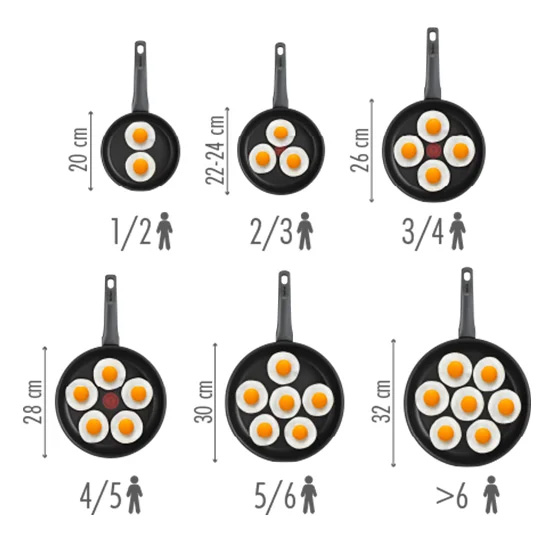Which pans are truly non-stick and which ones fall short?What is this type of pan suitable for and what is more suitable for a traditional stainless steel, cast iron or steel pan? Find out all this and much more in this article.
Why does food burn in the pan?
Let's start off with a rough start and get into chemistry. The searing of food in a pan is actually a chemical reaction of proteins and iron compounds, which is why cast iron and steel pans are adhesive.
A non-adhesive surface could therefore be described as non-reactive without exaggeration. This reactivity can more or less be reduced in conventional pans by the use of oil, which fills the empty reaction sites and the protein has nothing to react with.









